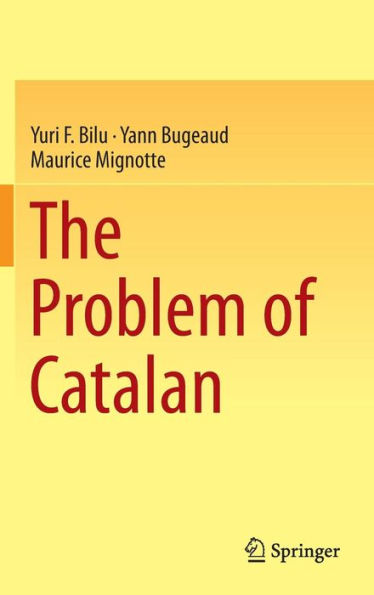In this book we give a complete and (almost) self-contained exposition of Mihăilescu’s work, which must be understandable by a curious university student, not necessarily specializing in Number Theory. We assume a very modest background:a standard university course of algebra, including basic Galois theory, and working knowledge of basic algebraic number theory.
In this book we give a complete and (almost) self-contained exposition of Mihăilescu’s work, which must be understandable by a curious university student, not necessarily specializing in Number Theory. We assume a very modest background:a standard university course of algebra, including basic Galois theory, and working knowledge of basic algebraic number theory.

The Problem of Catalan
245
The Problem of Catalan
245
Product Details
| ISBN-13: | 9783319100937 |
|---|---|
| Publisher: | Springer International Publishing |
| Publication date: | 10/10/2014 |
| Edition description: | 2014 |
| Pages: | 245 |
| Product dimensions: | 6.10(w) x 9.25(h) x 0.02(d) |
